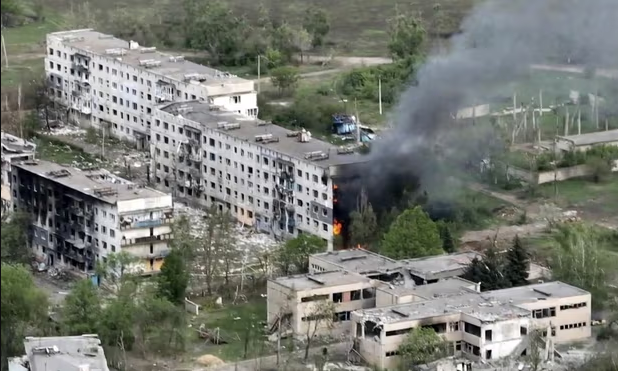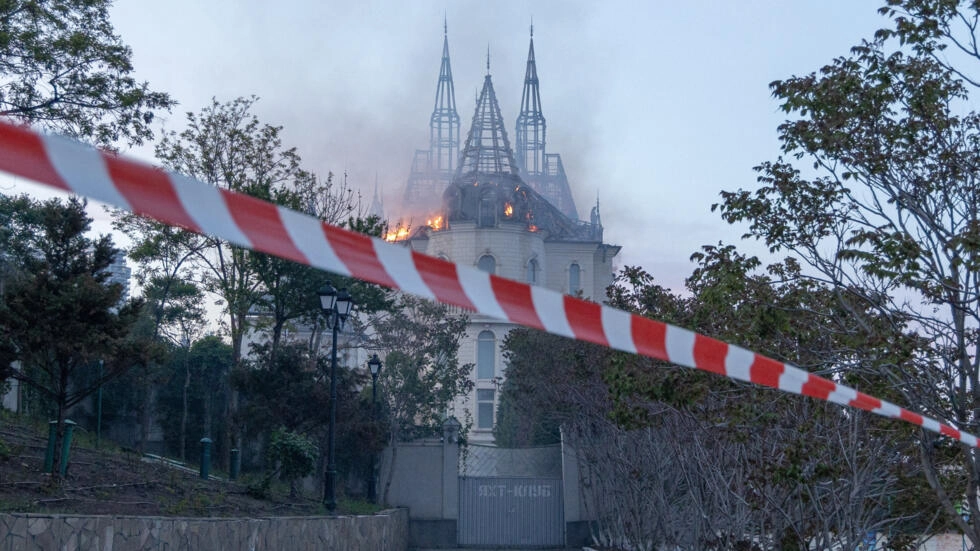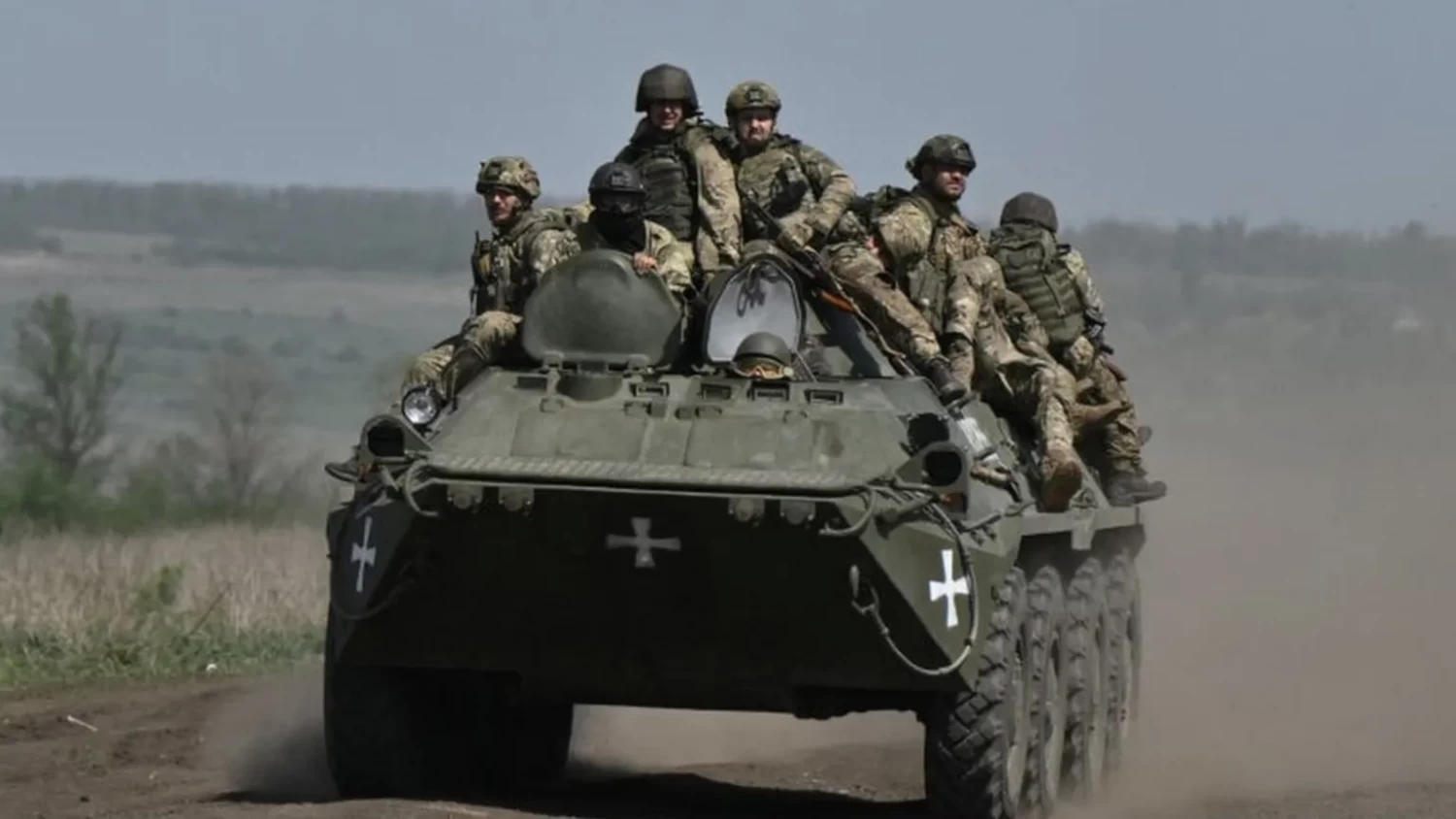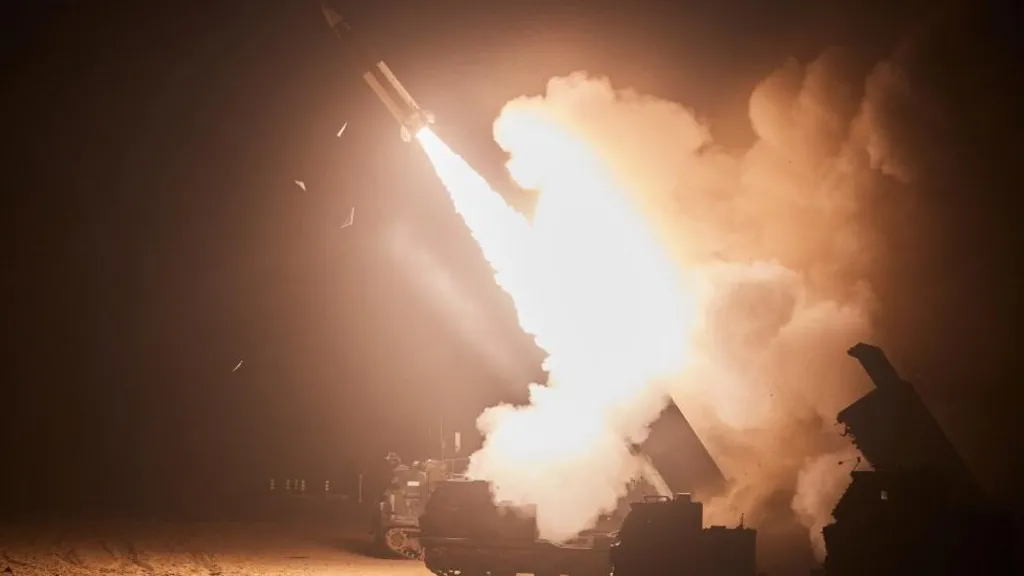A New Concern on the Ukrainian Battlefield: North Korea’s Latest Missiles
When Russia turned to Kim Jong-un of North Korea to help it through its war with Ukraine, it came with a big shopping list that included a million rounds of artillery to shoot at Ukrainian troops dug into trenches across the south and east, and dozens of North Korea’s newest, barely tested missiles.
Now those weapons are beginning to show up, deeply worrying U.S. and European officials who say they fear the North’s ammunition could prove important on the battlefield at a huge moment of vulnerability for Ukraine.
While many of the North Korean artillery rounds are proving to be duds — some appear to have been manufactured decades ago — they are giving the Russians something to fire at Ukrainian forces, who are rationing their own dwindling supply. European nations promised Ukraine a huge resupply, but for now seem to have been able to scrounge up only 300,000 or so artillery shells.
But it is the missiles that raise the most concern, from the Pentagon to NATO’s headquarters in Brussels. In interviews, a range of officials said they fear the Russians hope to use missiles to overwhelm Western air defenses. While so far the number of missiles transferred is small, likely fewer than 50, U.S. and European officials believe there could be far more to come.
And unlike with the artillery rounds, North Korea is not shipping its older equipment. An analysis by Conflict Armament Research, an organization that has documented the arms used in Russia’s war in Ukraine, showed the missiles being provided to Russia are more recent in their design. And U.S. officials say the missiles are proving as accurate as Russia’s home-built equipment. Three barrages of North Korean-made missiles targeted Ukrainian positions around the new year, American officials say, and they believe more were used on the battlefield on Sunday.
In South Korea, officials and analysts say the Ukraine war is giving the North something it desperately needs: a testing ground to see how its new missile arsenal, designed for a conflict with South Korea and the United States, fares against Western-designed air defenses.
The turn to North Korea, as the war approaches its second anniversary, reflects Russia’s own struggle to keep up with the pace at which both sides are burning through their stocks of arms. Russia has also turned to Iran for drones, and is reportedly seeking Iranian missiles as well — though there is no evidence it has yet gotten them.
The bulk of the missiles being fired at Ukraine are still produced in Russia. But if North Korea steps up its supply, Ukraine could be forced to shoot off precious rounds of air defenses, a development that could be devastating to Ukraine if additional military funding is not approved by Congress, American officials said. The imports have especially alarmed leading members of NATO, who have declined to speak publicly but say they worry the infusion of the North Korean arms could prove particularly troublesome at a time when Ukraine is uncertain about when, or from whom, it will receive its next supplies.

For now, the air defenses are holding. Last Tuesday, Gen. Christopher G. Cavoli, the top American commander in Europe, told Defense Secretary Lloyd J. Austin III that he believed the Ukrainian military had enough air defenses to survive the winter, two senior U.S. officials said.
But if North Korea increases its missile shipments, and Congress fails to pass additional aid, that calculation could change.
Russia has already obtained several dozen North Korean missiles and is hoping to acquire more. President Vladimir V. Putin of Russia said he planned to visit North Korea soon, according to North Korean state media. Russia has fired North Korean missiles against Ukraine at least three times since late December, including attacks on Dec. 30, Jan. 2 and Jan. 6.
The missiles come on top of a steady stream of artillery shells, as many as a million rounds, that North Korea has agreed to ship to Russia. But the quality of those rounds is poor. Some have exploded inside Russian guns, and many of the rest have fallen harmlessly in underpopulated areas.
Quantity itself, however, matters on the battlefield. Last summer, Ukraine was firing as many as 7,000 artillery shells a day and had managed to damage Russia’s ammunition supplies to the point that Russia was firing about 5,000 rounds a day, according to U.S. and other Western analysts. Now the Ukrainians are struggling to fire 2,000 rounds daily, while Russian artillery, augmented by the North Korean shells, is reaching about 10,000 a day, analysts said.
Still, U.S. officials are far more worried about North Korean missiles.
After the first barrage, Jake Sullivan, the U.S. national security adviser, began working on an intensified effort to gather international support condemning the weapons transfer, and trying to increase pressure on North Korea to stop providing the missiles.
U.S. officials believe that at times since the beginning of the war in Ukraine, U.S. disclosures of North Korean shipments have caused Pyongyang to halt or delay further transfers.
The Russian transfers are coming at a critical time in the war in Ukraine, as further American support hangs in the balance, subject to intense political debates on Capitol Hill. Ukraine’s ammunition needs will be a main focus of a virtual meeting of Kyiv’s allies on Tuesday, to be led by Mr. Austin.
The United States has provided myriad air defense systems and ammunition to Ukraine. And American officials have said those systems — including Patriot batteries — have proved capable of blunting the damage of Russian missile attacks.
But American officials said that in order to provide more air defense systems and ammunition, Congress needs to approve an additional aid package.
U.S. officials say Ukrainian air defenses are a critical area of concern. After initial setbacks because of Western sanctions, Russia has rebuilt its industrial capacity and stockpiled missiles. But if Russia can get even more North Korean missiles, it will be able to more easily overcome Ukrainian defenses.
“The Ukrainians continue to get attacked,” John F. Kirby, a spokesman for the National Security Council, said on Wednesday. “They continue to come under artillery shell, air attacks, ballistic and cruise missile, as well as drone attacks from the Russians.”

It will be difficult for the United States to stop those additional shipments. North Korea has been taking a more belligerent position in its foreign policy in recent days. It has declared that it would no longer seek reconciliation with the South, prompting some experts to speculate that the country may be seeking to provoke a new conflict — though the evidence for that is fragmentary at best. Without question, though, it has focused on strengthening its ties with Russia.
Yet the nature of the renewed relationship is not clear. Russia is promising an array of technology in return for the North’s ballistic missiles, including aircraft and advanced technological know-how. But U.S. officials do not believe Russia has yet provided the weaponry or additional ballistic missile technology.
John Ismay contributed reporting from Washington, and Choe Sang-Hun from Seoul.
Keywords
Newer articles
<p>Former CNN host discussed ongoing anti-Israel protests on college campuses</p>
Tiffany Haddish Says Common Is the Only Celebrity She's Been 'Entangled' With, Claims He Chased Her for 2 Years
Kendrick Lamar escalates Drake feud on the scathing diss track, Euphoria
Rihanna Is “Keeping it Real Simple” for This Year’s Met Gala
Israel fears Netanyahu's arrest over Gaza war as international court considers warrant
US Congress threatens ICC over Israel arrest warrants
Tiger’s heartbreaking daughter revelation
Doja Cat steps onto red carpet in lingerie
Rwanda must halt ‘support’ for M23 rebels, withdraw troops from DR Congo, says Macron
Tucker Carlson releases interview with Russian philosopher Aleksandr Dugin




